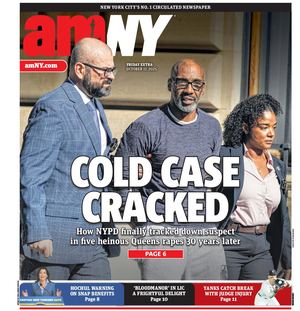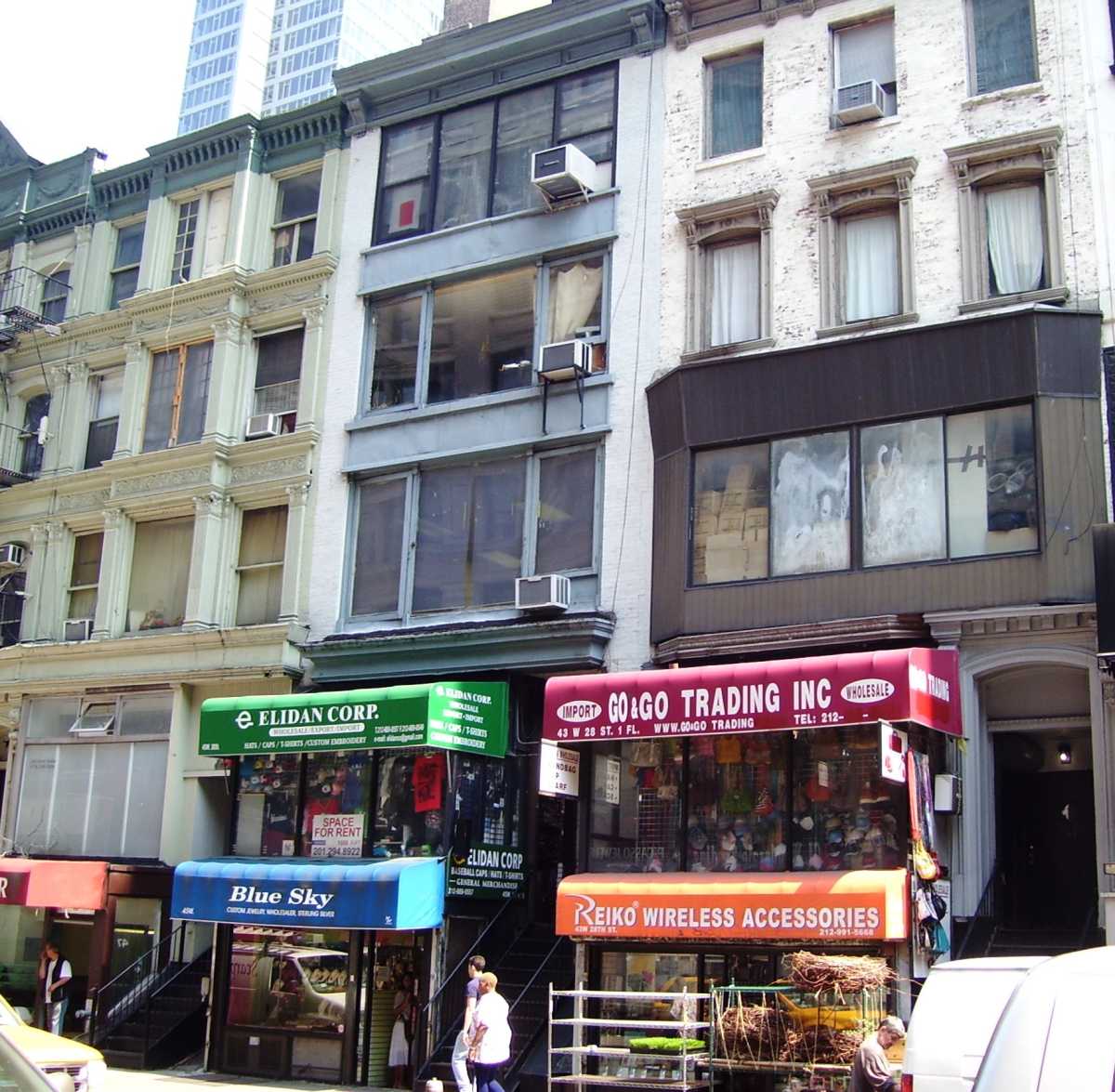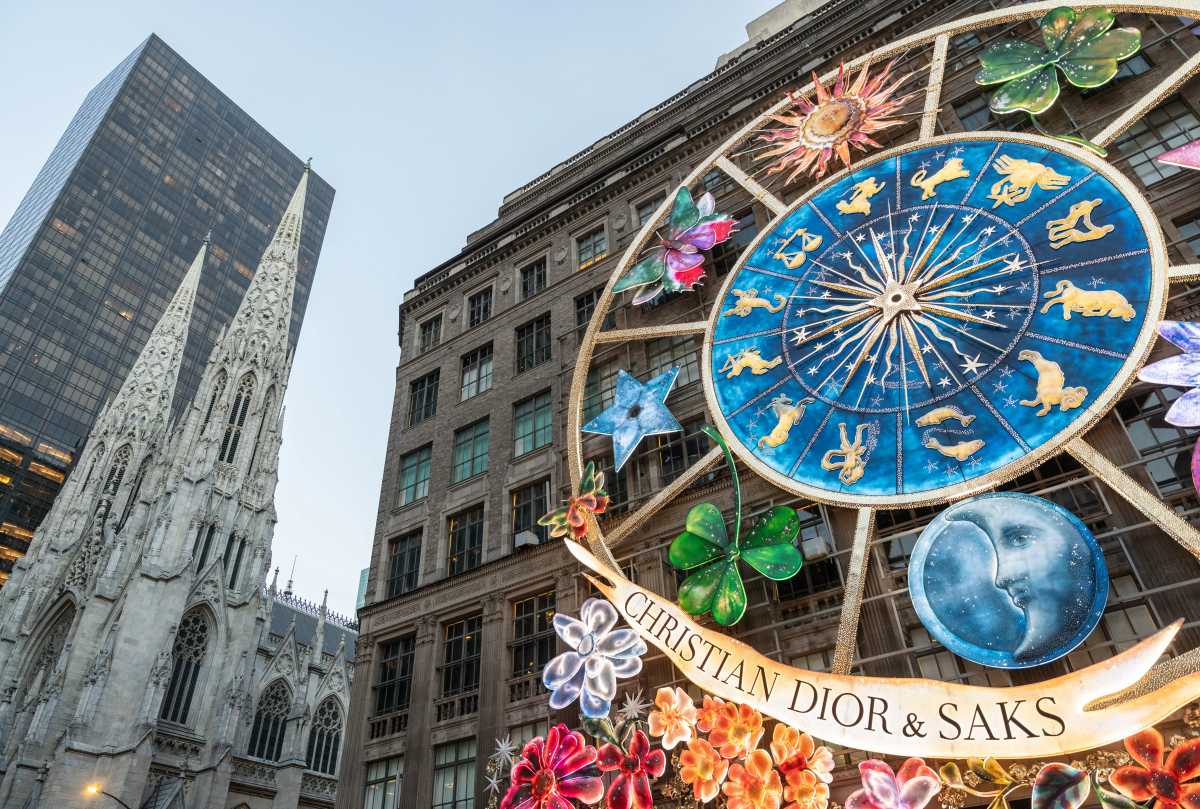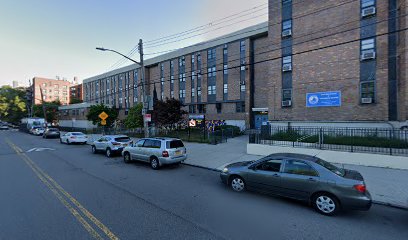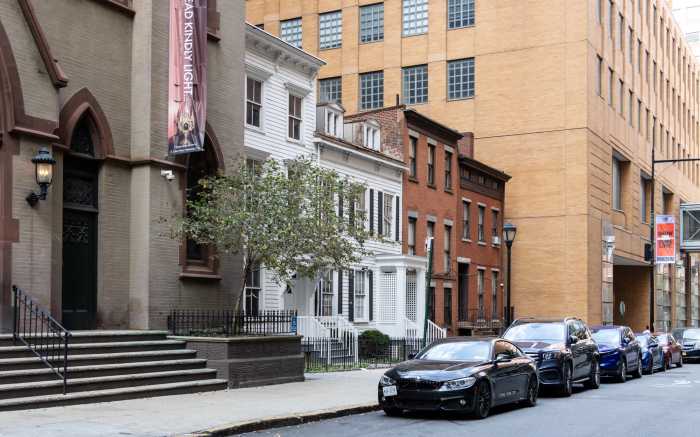BY COREY JOHNSON AND SARAH CARROLL | Preservation has the power to revitalize communities, support economic development, drive investment into existing buildings and bring pride of place across all five boroughs.
Architectural icons such as the Chrysler Building, Grand Central Terminal and the Brooklyn Bridge are essential to the character of New York City. Historic districts, such as Greenwich Village and Crown Heights, contain blocks of 19th-century residential architecture that are a draw to residents and visitors alike.
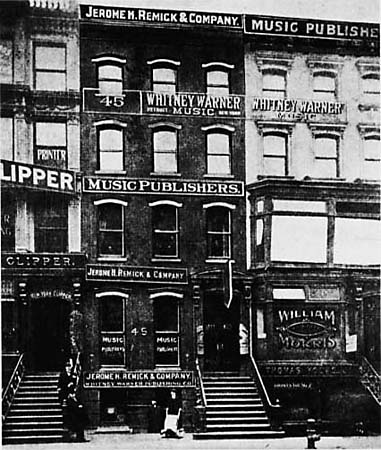
While New Yorkers recognize the need to protect architecturally significant places, the importance of protecting places with cultural and historical significance is just as vital.
Given the divisiveness across the country, with attacks on the social liberties of immigrants, people of color, women and the L.G.B.T. community, now more than ever, it is important for the city to recognize and tell the stories of all the New Yorkers that shaped the city’s history and built environment. These include the stories of immigration and migration, social justice and civil rights, and the places of arts and culture.
On March 12, the Landmarks Preservation Commission proposed five buildings on W. 28th St. for designation that represent one of the most important and most diverse contributions to popular culture. These buildings, located in a block known as Tin Pan Alley, were home to the most significant concentration of sheet-music publishers in New York City.
While on this block — so named to describe the audible racket of piano music that made 28th St. sound “like a tin pan alley” — these firms revolutionized the music-publishing industry’s practices for the creation, promotion and consumption of popular music as we know it today.
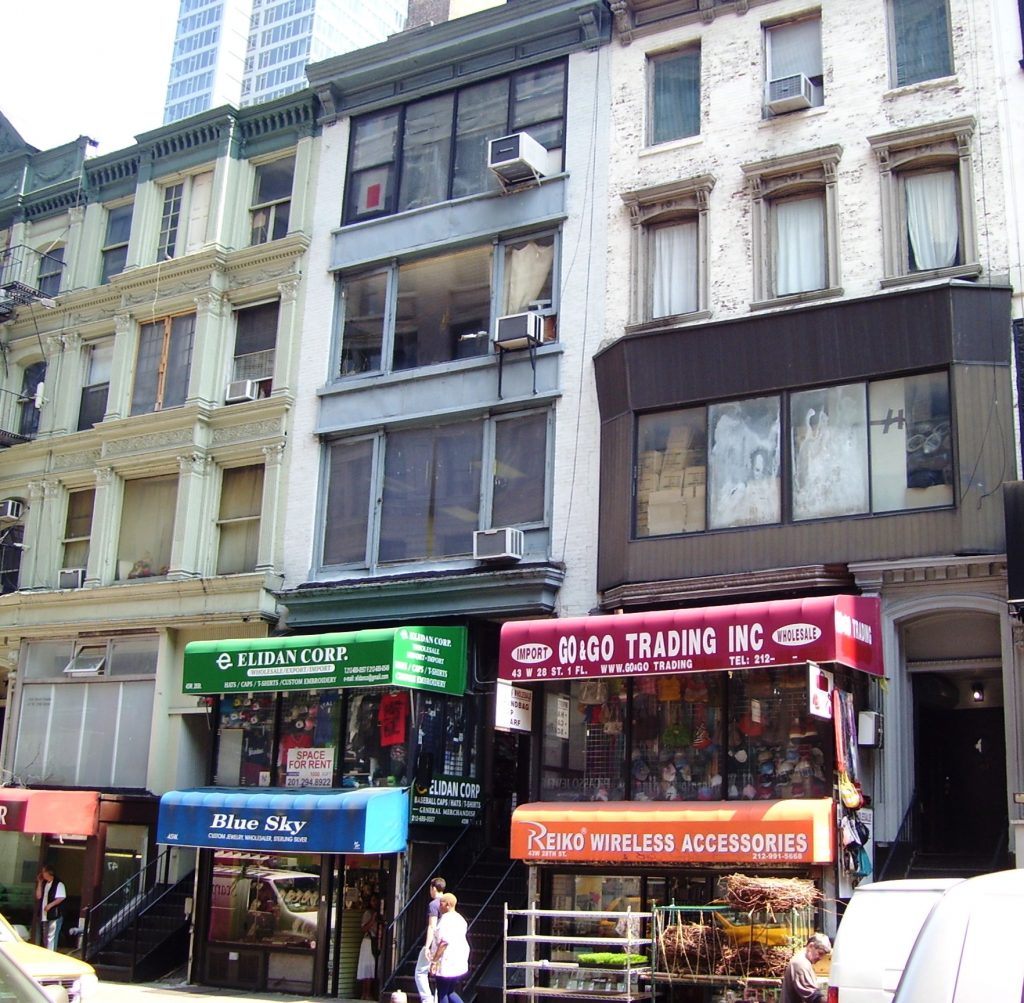
The history that’s often overlooked is that the sheet-music industry gave unprecedented opportunities to African-American and Jewish composers as mainstream songwriters and music publishers. The first black-owned and black-operated music publishing businesses in the United States had offices on this block; some of these songwriters deliberately tried to rework stereotypes that were popular in music of the time because of the influence of minstrel shows and American vaudeville.
Culture is always part of every place and building, and it is essential that the Commission continue to identify and preserve the most significant cultural, as well as architectural, buildings and sites.
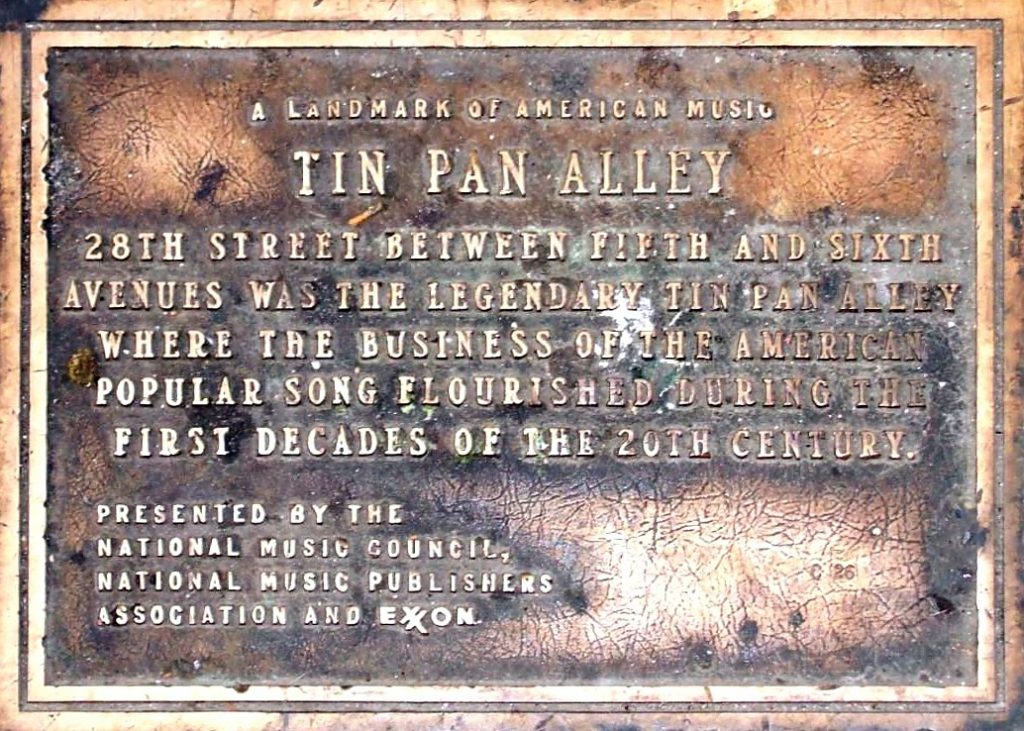
Preservation of places of cultural and historic significance can be difficult because the L.P.C. is a regulatory agency. Designation means regulating the architectural details of a building or site to retain the physical fabric that ties the existing building to its historical significance. But the L.P.C., with the support of the City Council, is committed to this important work. We will continue to prioritize this work because we believe that designation of places that reflect the city’s diversity will continue to make New York City distinctive and help connect us to the past.
Johnson is speaker of the New York City Council and represents Council District 3, home to Tin Pan Alley. Carroll is chairperson of the Landmarks Preservation Commission.
